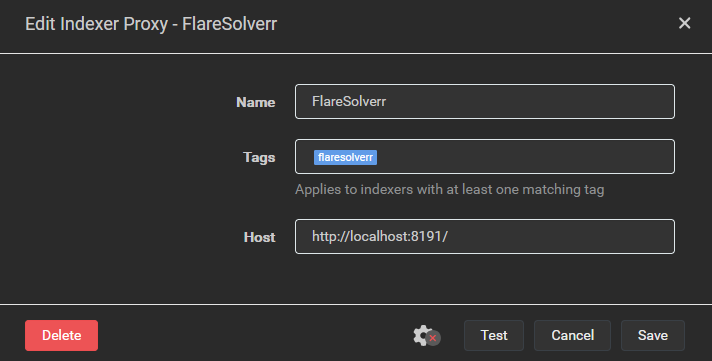

The Steam client is just a launcher. Why is it Valve’s job to make sure that legacy 32-bit games continue to run? They’re not the vendor of the game, and they’re not the vendor of the OS. They’re just a middleman. If the game vendor doesn’t want to patch it to 64-bit, and the OS vendor doesn’t want to maintain 32-bit compatibility, then there’s simply no more support for that combination of OS and game. Valve isn’t required to step in there.
It may surprise you to learn that Valve already switched the client to 64-bit… for Mac. OSX hasn’t had 32-bit support since 2019, but it still has a Steam client! Valve didn’t do anything for 32-bit-only Mac titles, except drop the “Mac OS compatible” tag once Apple had dropped 32-bit support. That’s all they’re ever going to do for 32-bit-only PC titles, when/if OS vendors completely drop 32-bit support.
32-bit is dead and it’s somewhat absurd that Steam is still 32-bit.
Tell that to anyone who bought a legacy title on Steam and now wants to run it on modern hardware. Leaving the Steam client at 32-bit is simply a low-effort way to ensure that the OS has the 32-bit libraries that will be required by any 32-bit title the user happens to launch.












How do you figure that? Valve sells you a game, and they publish the system requirements for that game. If a game doesn’t work on your system then they’ll give you a refund as long as it’s within the refund window. Beyond that, they owe you nothing. For 32-bit titles, one of the technical requirements is 32-bit OS libraries. Let’s say Windows 12 removes support for 32-bit software. What do you think Valve will do? I say they’ll mass-update the system requirements of 32-bit titles to indicate that they’re not compatible with Windows 12 and higher. Historical precedent is on my side here, because this is effectively what Valve did when Apple dropped 32-bit support from OSX.
The libraries that Valve ships for Linux support are essentially Proton. They’ve invested a lot of effort into Proton because there’s a strong business case for doing so. 95% of Valve’s customers game on a Windows OS (source: Steam hardware survey), which means that Microsoft could present an existential threat to Valve if Microsoft attempts to lock down their platform. Having a functional alternative OS could dissuade Microsoft from making any anti-competitive moves. Plus, of course, without Proton there’s no Steam Deck. I think making money from Steam Deck is only Valve’s short term goal though, which is why they’re opening up Steam OS to other handheld makers. The long-term aim is to shift gaming away from closed-source to open-source platforms so that Valve’s business isn’t reliant on any one OS vendor.
There’s no business case for doing the same with legacy 32-bit titles. There will be no new 32-bit titles going forward, and there’s hardly any market for existing legacy 32-bit titles. Valve would need to compete with GOG, who’s already doing much the same thing, and GOG is barely profitable as it stands. GOG’s 2024 profits were a paltry 1.1M profit on 199M revenue (source). That’s a profit margin of about 0.5%, which is not a healthy indicator in a for-profit business. 5% is generally considered low, 10% or better is a healthy margin. GOG is essentially being propped up by CD Projekt Red’s Witcher/Cyberpunk money (CDPR has 468M profit on 801M revenue in 2024; a profit margin of 58%, which is wildly high-margin). Valve could prop up a money-losing 32-bit compatibility project with all their income from 64-bit software sales, but I doubt they would.